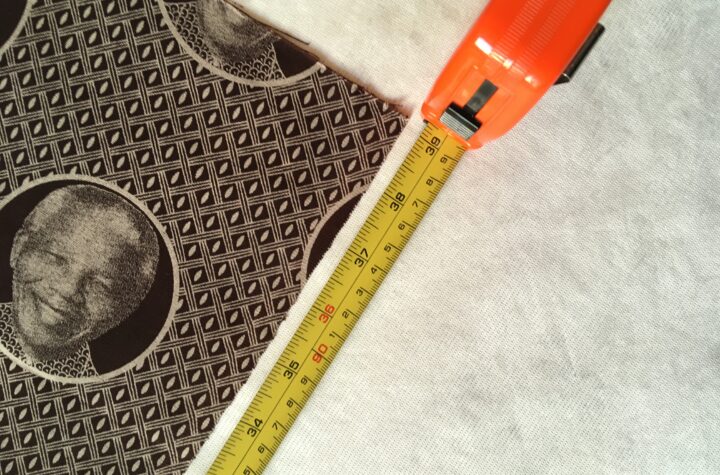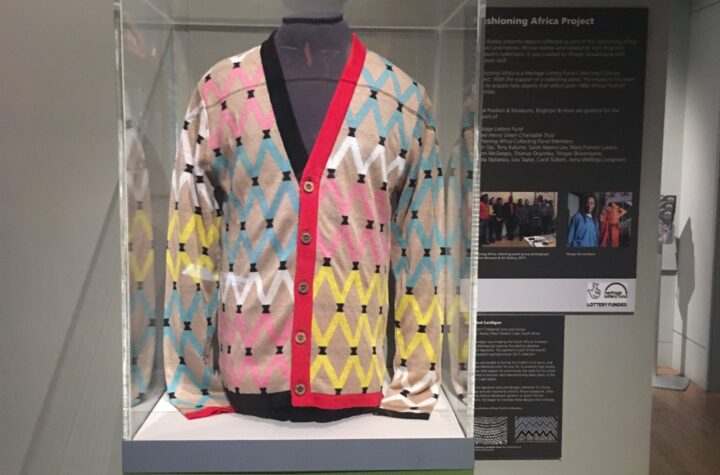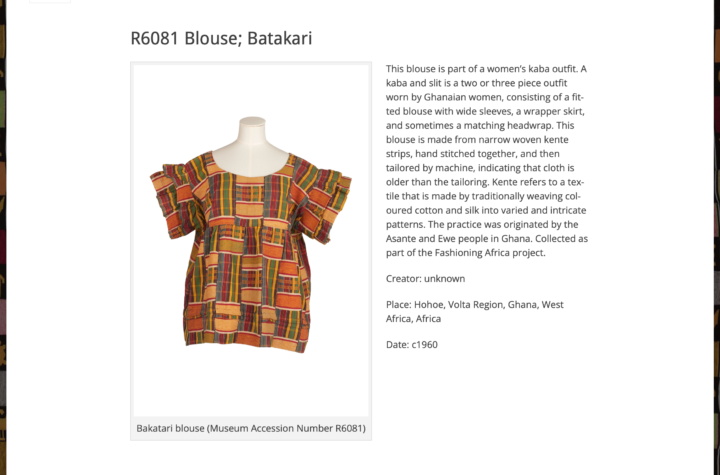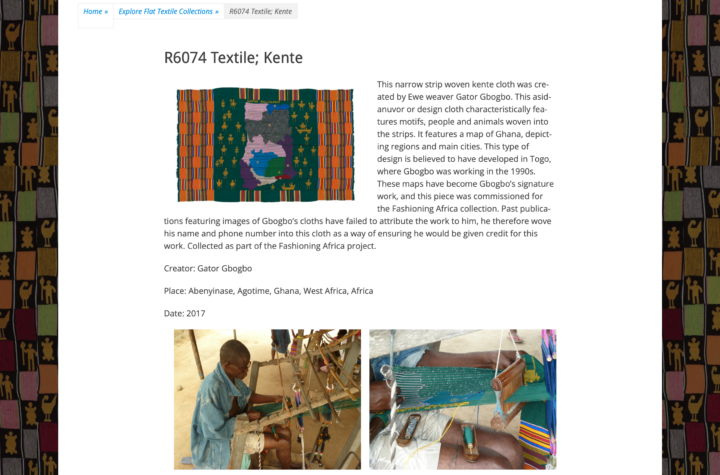This contemporary collecting model meant that the museum had been able to collect oral histories, personal photos and ephemera along with the objects – the personal stories that make the garments come to life. In many cases museums suffer from a lack of contextual information relating to their objects, especially for collections which are not from the European art historical tradition. To have such a wealth of information was refreshing but also presented its own challenges – how to record this information in the collections management system so that it could be accessed and used in the future.
Another challenge came in how to name and describe garments. Resources like ICOM’s Vocabulary of Basic Terms for Cataloguing Costume are widely used in the sector to ensure standardisation of terms, but these are based on European styles of costume which wasn’t always applicable to the items I was documenting.



